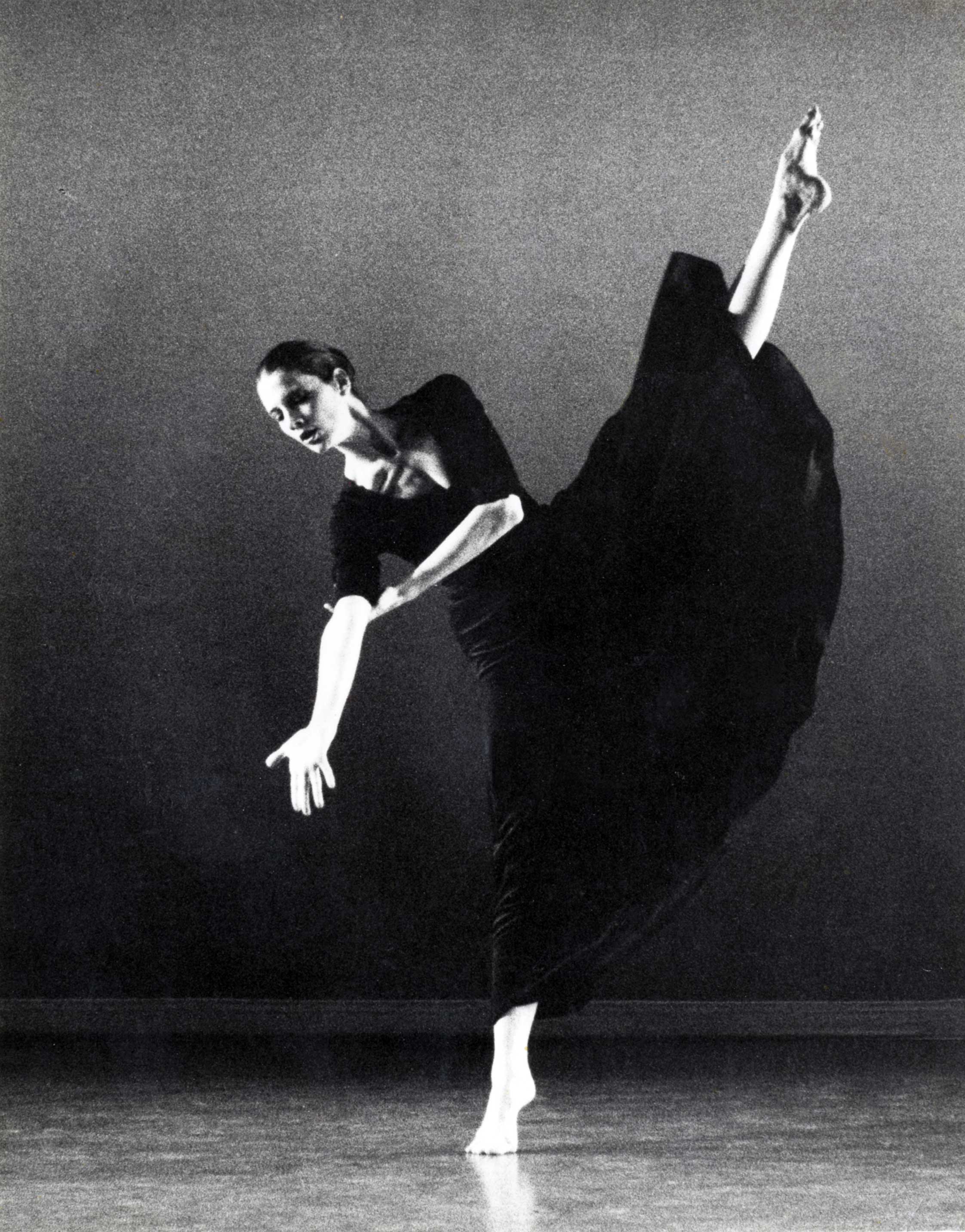It’s February 5, 1981, and we are premiering a new piece in Avodah’s repertory for a Holocaust Memorial Program at The Savannah College of Art and Design. It is part of a program entitled “Light Through The Darkness,” which has been organized and planned by Congregation Mickve Israel for February 5ththrough 12th. It is part of a three-part program which includes a dance performance, an art exhibit, and a lecture by a prominent collector. We have decided to create a new piece for the program, to the first eight minutes of Leonard Bernstein’s “Kaddish” Symphony.

This was not our first performance in Savannah. This was our third. An article on February 4,1981, in the Georgia Gazettesums up our special relationship with Savannah very well:
The company has performed on several occasions to standing-room-only crowds in Savannah, and Tucker credits Rabbi Rubin (Saul Rubin) with encouraging her efforts during the company’s early years.
The first time we performed in Savannah was in March 1976 using female dancers from the congregation and bringing a male dancer from Tallahassee. I went in a week before and totally enjoyed my time there working with the dancers, who were lovely. Temple Mickve Israel is an old congregation with an historic sanctuary. It is located on a beautiful square, and a March 17, 1976 article in City Beat mentions that “while traffic circled about the verdant oasis, the dancers kicked off their shoes, and in leotards and jeans ran through their paces, barefoot in the park.” The publicity, with several articles and pictures of myself and composer Irving Fleet, was excellent for the Friday night service. In fact, when Irving joined me to rehearse the musicians and we had some time off to stroll along the river walkway and wandered in a shop, the owner recognized us from the newspaper. The Friday night service was indeed packed and standing-room-only. We performed Sabbath Woman and In Praise as part of a creative service that Rabbi Saul Rubin wrote.

We returned to Savannah in the fall of 1976 to repeat the two pieces as part of a regional Biennial Convention of the Southeast Union of American Hebrew Congregations (now called Union of Reform Judaism). That helped us become better known with congregations in the Southeastern part of the country. (My favorite memory from the performance in the Shabbat service is that I met a cousin and his wife that I hadn’t seen in years.)
We had a special relationship with Rabbi Saul Rubin and Temple Mickve Israel and I was really pleased to have an opportunity to be part of the Light Through The Darkness Holocaust Program. I also liked the fact we would have a good space to perform in at the Savannah College of Art and Design. This was a great opportunity to create a new piece to go with I Never Saw Another Butterfly. I remember listening to lots of music and giving much thought to what to create. I stumbled across Bernstein’s “Kaddish” Symphony and loved the first 8 minutes. The piece opens with about a four-minute reading by a solo voice, with some music. The recording I first found, and originally choreographed to, featured Leonard Bernstein doing the vocal part. So I created the solo on Michael Bush, the male dancer in the Tallahassee company at that time. What follows the vocal section is a wonderful burst of music during which the solo dancer joins the other dancers in one of my favorite phrases, which we often used for auditions over the years. With hands fisted, the dancers rise slowly as a group into a suspended relevé in simple parallel, from which they explode into a skip and leap, and a fan kick into a knee walk into a tilted attitude turn.
The performance in Savannah went well but more important to me was that the new piece Kaddish became a signature part of the repertoire for over twenty years, regularly performed before the Kaddish prayer in services and ending many concerts. Shortly after that first performance I discovered a recording with a female voice (Bernstein’s wife, Felicia Montealegre) doing the part, and when I returned to New York, I used that recording and taught the solo to Lynn Elliott who did a magnificent job with the part.
We used the female recording from that point on except when Rick Jacobs performed the solo. (I obtained the permissions I needed to use the music and each year reported the number of performances so I could pay the appropriate royalty.)
Over the years so many wonderful dancers performed the solo part, and it was great fun for me to see how each dancer made it their own. Kezia continued to teach the group section to new dancers even when she was no longer in the company. She adds the following note:
One of my proudest moments, both as Assistant Rehearsal Director and as ensemble member, was during a performance at an arts festival, when the music suddenly disappeared in the middle of the group section of Kaddish – a tricky section with changing tempos. We continued dancing without pause. Our ensemble work was so reliable that when the music resumed, we were exactly where we should have been, as if nothing unusual had happened.
Another one of my most memorable performances was in that same festival, a rain-or-shine, mainly-outdoor event. Let it never be said that we ever performed with less than our full focus, technique, heart and soul – not even when we performed under that LEAKING tent top, for that ONE audience member sitting under his umbrella in the pouring rain to watch us. We laugh at these memories, like other touring mishaps, but they don’t detract from the pleasure of being part of such festivals. This particular occasion also gave us the rare opportunity to enjoy performances by other artists, including most memorably the lovely music ensemble Voice of the Turtle.

 Print This Post
Print This Post






